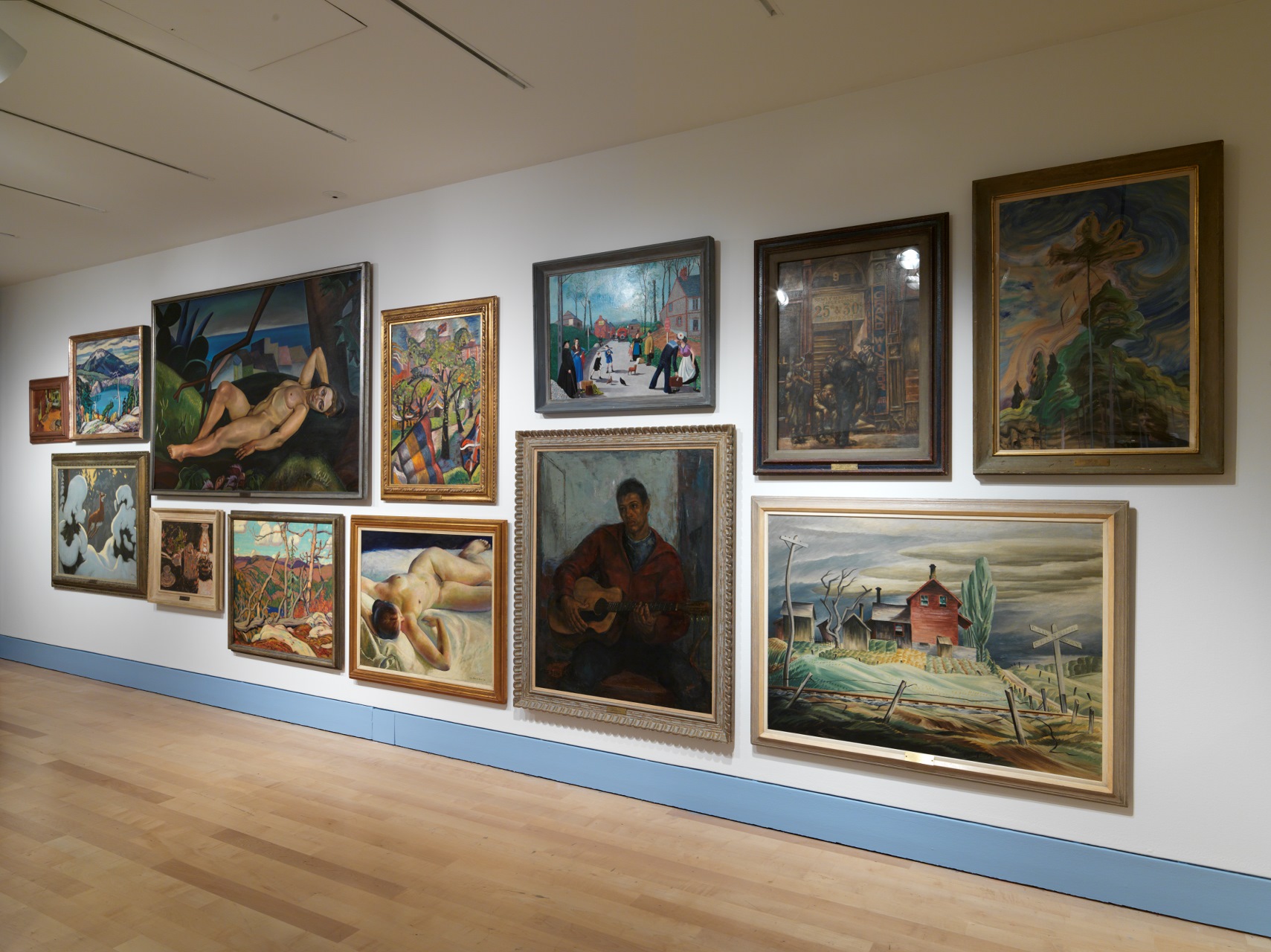The AGH is renowned for its permanent collection. It has been thoughtfully built over the last century by individuals both inside and outside its walls. Artists, directors, curators, donors, dealers, volunteers and many more have had a hand in shaping the holdings. On the occasion of our 110th anniversary, we foreground this crucial context: who built the collection and how did they do it?
Six directors have led the AGH over its history: Thomas Reid (T. R.) MacDonald (1947-1973) (represented by this daughter artist Katherine MacDonald), Glen Cumming (1973-1989), Robert Swain (1990-1991), Ted Pietrzak (1992-1998), Louise Dompierre (1998-2014) and Shelley Falconer (2015 to present). The exhibition ‘Director’s Collect: 110 Years’ highlights their choices and voices regarding collection building during their leadership. Each one will select key works acquired during their terms and in so doing reflect on collecting decisions and strategies as a means of considering the holdings today.
What were their priorities? What challenges did they face? How do their choices reflect broader socio-cultural, political and artistic trends of the day? In placing curatorial responsibility and process in the hands of the directors, these questions and more provide windows into each period of collection building and how, collectively, they have shaped the AGH permanent collection.
During the curation of ‘Directors Collect: 110 Years,’ we gathered quotes from the directors, or their representatives, to describe their collecting process. Here’s what they had to say!
T.R. MacDonald (1947-73)
My father was a painter.
He had a deep love and knowledge of art. He painted almost every day of his adult life and brought the artist’s sharp, discerning eye to collecting. The relationships he developed with his fellow artists, particularly A.Y. Jackson, were crucial to the formation of the AGH permanent collection.
When my father arrived in Hamilton from Montreal in 1947, the Art Gallery was in a singularly dreary state. It comprised several rooms on the second floor of the Board of Health building, with a staircase so narrow that exhibitions sometimes had to be uncrated on the sidewalk. Lacking ambition and coherence, the collection consisted of the William Blair Bruce bequest, a small group of other Canadian pictures and, according to my mother Rae Hendershot, a replica of the Kremlin in sugar.
My father believed that a rich collection was essential, and with energy, vision, and a very minimal budget, he created one. The collection he built was formed around a strong core of Canadian drawing, painting, sculpture, and prints, contextualized by collections of European and American art which were important influences on Canadian artists.
He also believed that art galleries should be welcoming. They should be free. There should always be places to sit in the galleries so people can spend time with the work.
My father would have chosen the work for this exhibition quickly and briskly and not thought of it again. However, choosing for someone else is a different responsibility. I have looked for pieces that reflect the depth and breadth of his collecting, and represent local, national, and international artists. I am confident he would have chosen a painting of my mother’s, but I am sure he would not have included one of his own. That has been my privilege.
~ Katherine MacDonald on behalf of T.R. MacDonald
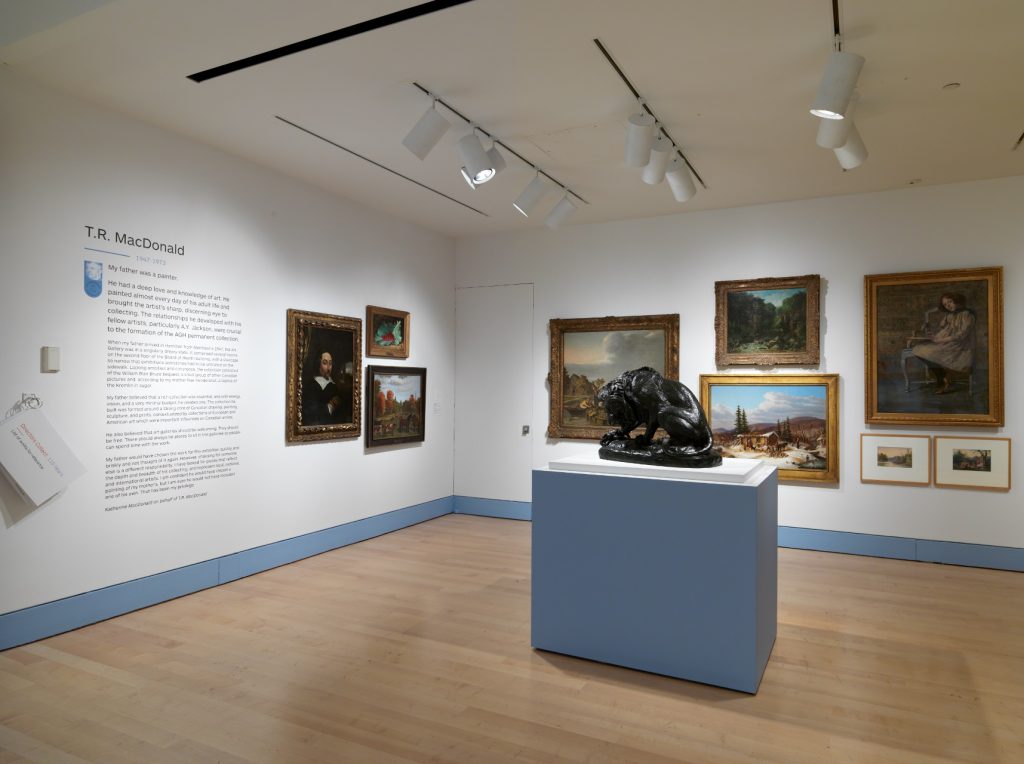
Glen Cumming (1973-1989)
In 1973, I took on the role of director for the Art Gallery of Hamilton. I admired the permanent collection T.R. MacDonald—my predecessor—had created over twenty-two years. His understanding of the art world and friendships with artists, collectors, and dealers created a collection that was respected across Canada.
Under T.R.’s tenure, the Gallery held an invitational exhibition of work by contemporary Canadian artists. I continued this practice and visited artists across Canada, from St. John’s to Vancouver. The resulting 1974 exhibition was titled 9 out of 10: A Survey of Contemporary Canadian Art. This experience along with regular visits to studios, galleries, and exhibitions helped me stay current with what was happening in the Canadian art world.
Looking back over fifty years, the works I chose to include in this exhibition were selected from nearly three thousand and are mostly contemporary.
At the time, the collection didn’t include major paintings by established artists like Jack Bush and Gershon Iskowitz. I was pleased to enhance it by adding their work, along with pieces from younger artists like David Craven, Tim Zuck, and American sculptor Michael Steiner. One of the most important new areas for inclusion was photography, and here, Suzy Lake and Arnaud Maggs are stellar examples.
Acquiring the archives collection of the Society of Canadian Painter-Etchers and Engravers, along with American and international artists, brought the collection forward. As I left at the end of the 1980s, I felt the collection had a solid basis to look towards the 21st Century.
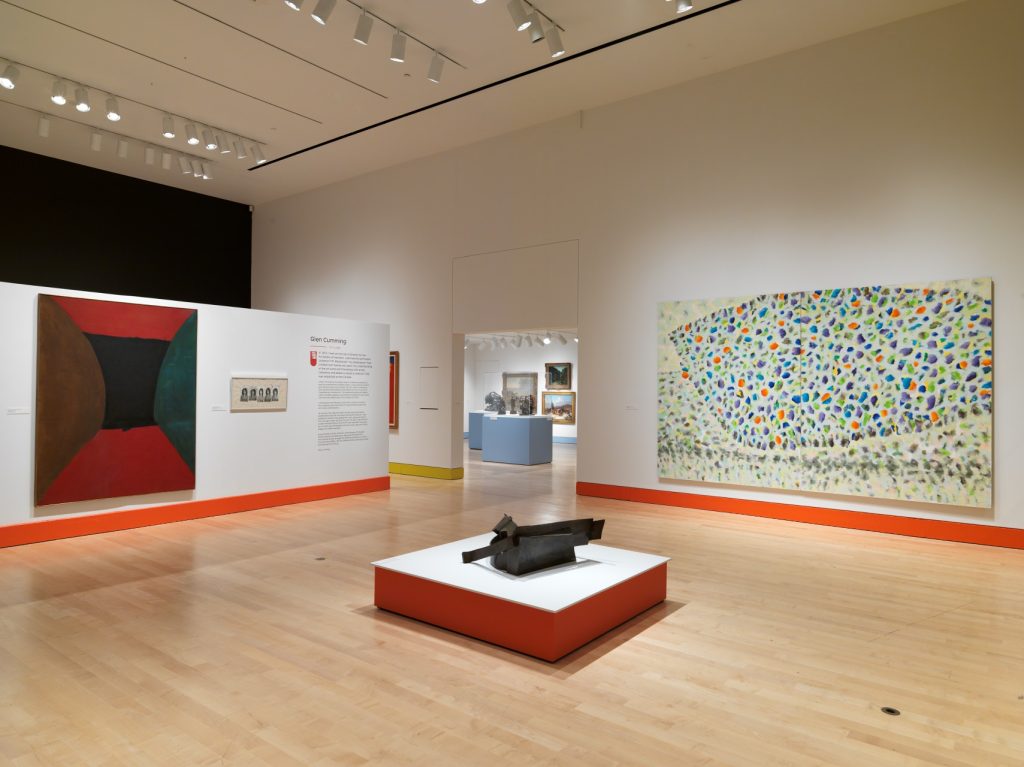
Robert Swain (1990-1991)
My brief tenure is but a hiccup in the long history of Hamilton’s Gallery. When coming to the city, collection development was not going to be a primary focus of mine. Collection usage was. I was far more interested in developing the collection through research and its presentation in exhibitions.
I was aware, somewhere in the back of my mind, that some old, whiskered, tweedy director of years past said that the role of the director in a museum is to collect collectors and the role of curators is to collect works of art. I certainly felt that T.R. MacDonald was a “collector of collectors” and what a triumphant accomplishment. I wanted to be that man too.
The 70s and 80s were exciting times for art galleries in this province and across the country. New policies and programs at both the federal and provincial levels recognized, at last, the huge effort made by volunteers and professionals over the decades to foster their communities, national cultural development, tourism, and economic impact.
These new programs and policies had the most lasting effect on research funding and publications. Support provided funding for the acquisition of art as well. Visitors will see that effect in the credits on the wall labels beside the works of art.
We surely took advantage of every opportunity to maximize the contributions of the Gallery’s Volunteer Committee and community-building donors. Some of the results are in this exhibition.
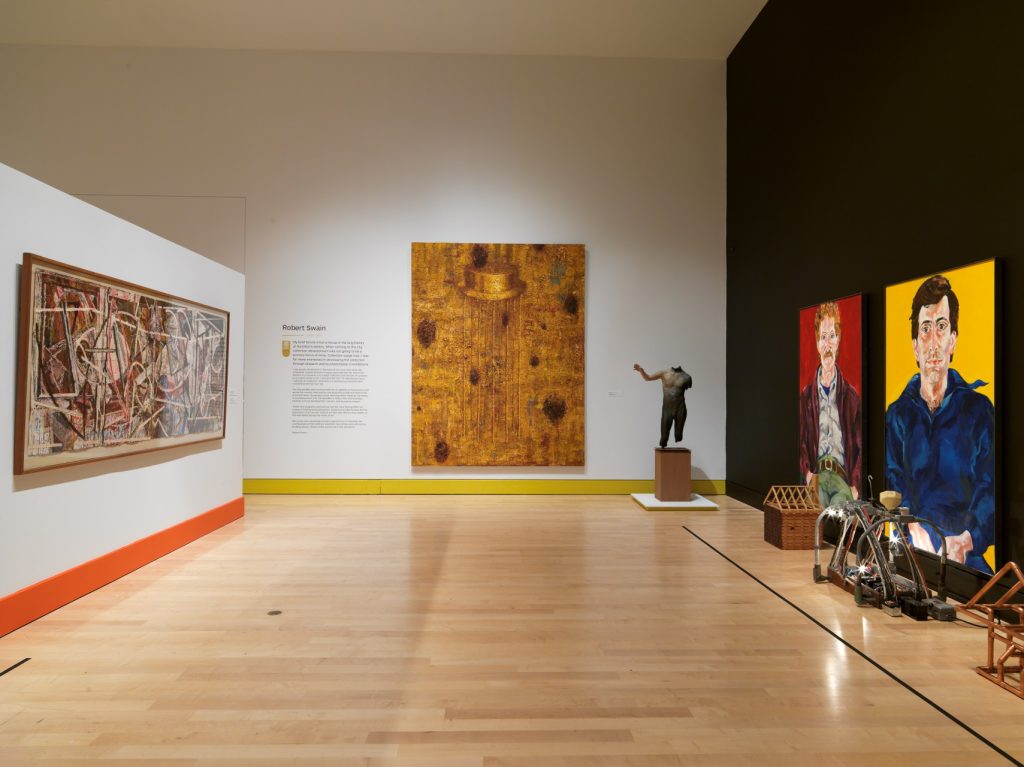
Ted Pietrzak (1992-1998)
The character of an art museum and its collections changes over the years because of the leadership, priorities, and personal connections of directors, past and present. The relationships cultivated by T.R. MacDonald and Glen Cumming greatly benefitted the Art Gallery of Hamilton.
During my time as Director, from 1992 to 1998, I nurtured existing relationships and made new ones. Mr. Roy G. Cole, collector and philanthropist, who gave the masterpiece The Birch Grove, Autumn by Tom Thomson during MacDonald’s tenure, continued to be committed to the AGH. In 1992, he gave five more rare works, including ones by Lawren Harris, Emily Carr, and Tom Thomson.
Also, to the benefit of the AGH, the relationships originally established by Cumming with artists such as Micah Lexier, Tony Scherman, Yves Gaucher, and many others continued to result in gifts to the collection. The collection also grew from the involvement of the museum’s curators, Ihor Holubizky and Jennifer Watson. Their unique curatorial focuses built the collection in strategic areas.
During my brief tenure, the AGH added some significant works by regional artists such as Elizabeth Holbrook, Donna Ibing, and Reinhard Reitzenstein. Artists’ installations became an expanded area of collecting. The museum acquired works by Micah Lexier, Michael Snow, and Joyce Wieland.
Where else would installation art find a permanent home and be preserved as part of Canada’s cultural history?
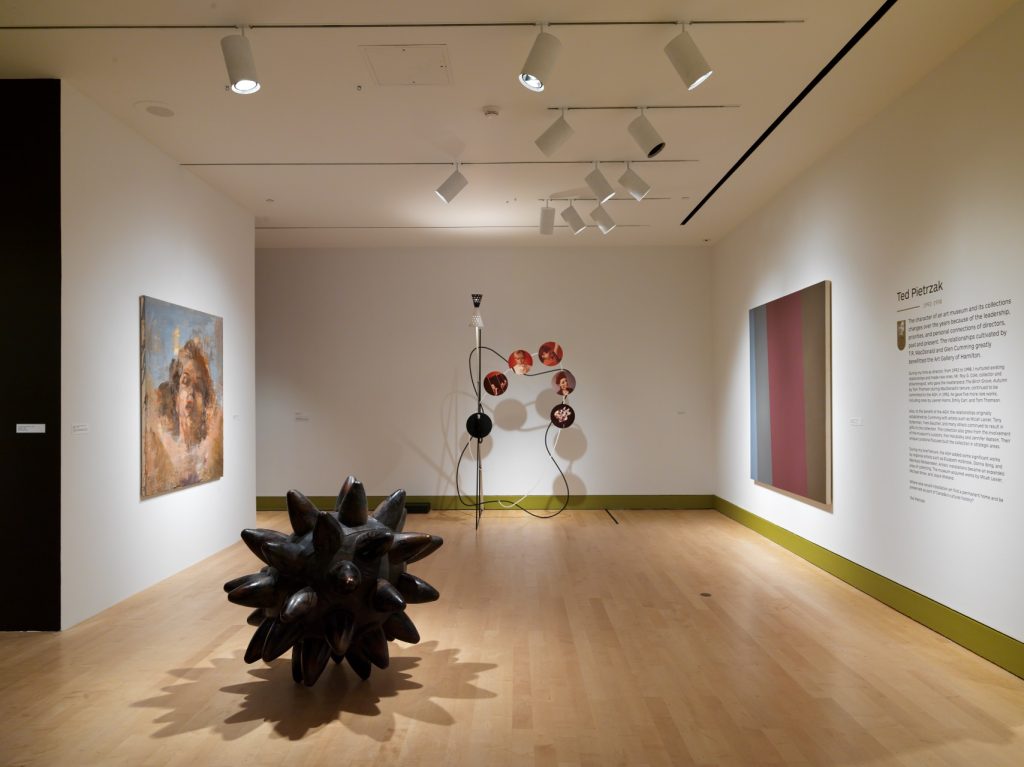
Louise Dompierre (1998-2014)
While each work of art added to a collection is cause for celebration, there were two special moments during my tenure at the Art Gallery of Hamilton that marked change and demand special recognition.
The first such moment took place when we—myself, the curators, and the members of the Board of Directors—decided to purchase the Bruegel-Bosch Bus by the Toronto artist Kim Adams. This work engages audiences with humour while bringing forward some of the serious issues of our time.
When we acquired this work, our vaults were full, and we had almost no money to purchase art. Despite this, the decision to acquire this work was unanimous and enthusiastic. The work was still “in progress” and was to remain so for years to come. It was purchased over five years and stayed with the artist during that period, and until the Gallery renovations were completed. It was then moved to its current dedicated space on the second-floor galleries.
The second crucial moment in the development of the collection is the generous gift from the late Joey and Toby Tanenbaum of their 19th-century collection. This is an outstanding collection of art featuring inspiring artists and key themes of the period. I attempted to represent the scope of this gift by choosing several of my favourite works. Among the many religious paintings, portraits, and landscape scenes the collection includes, my choices reflect how this gift enriched our experience of European Art.
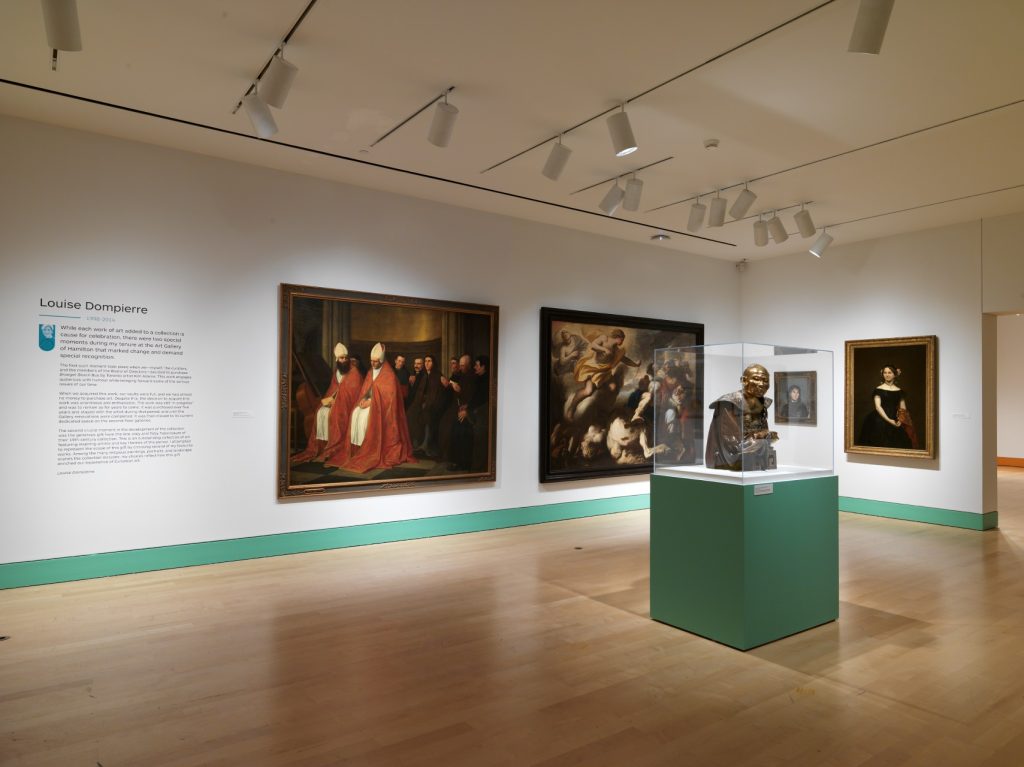
Shelley Falconer (2015 – present)
“Why this and not that?”
Most of us who work with art collections were trained as historians. We look for patterns to connect the dots, and to understand relationships between objects and the context of our times. However, collecting art is also about connoisseurship: recognizing the object’s inherent value. This dynamic—and sometimes contradiction—between the context and the object often defines the practice of collection-building.
My education was informed by Western art, which often excluded art from various cultures. However, recent years have witnessed a welcome disruption. Now like never before, galleries and museums are experiencing an openness to diverse narratives.
Artists who had long been ignored are finally getting the attention they deserve. This shift also includes the blurring of boundaries between fine art and popular art, as institutions are now more open to including photography, film, and craft.
As a woman of colour and part of a small group of BIPOC directors, these changes remind us of the transformative power of art to confront the challenging issues of our time. These shifts are democratizing our institutions, making them more inclusive and ensuring we stay steadfast in our commitment to collections born from and grown through the collective work of extraordinary artists, professionals, and loving communities.
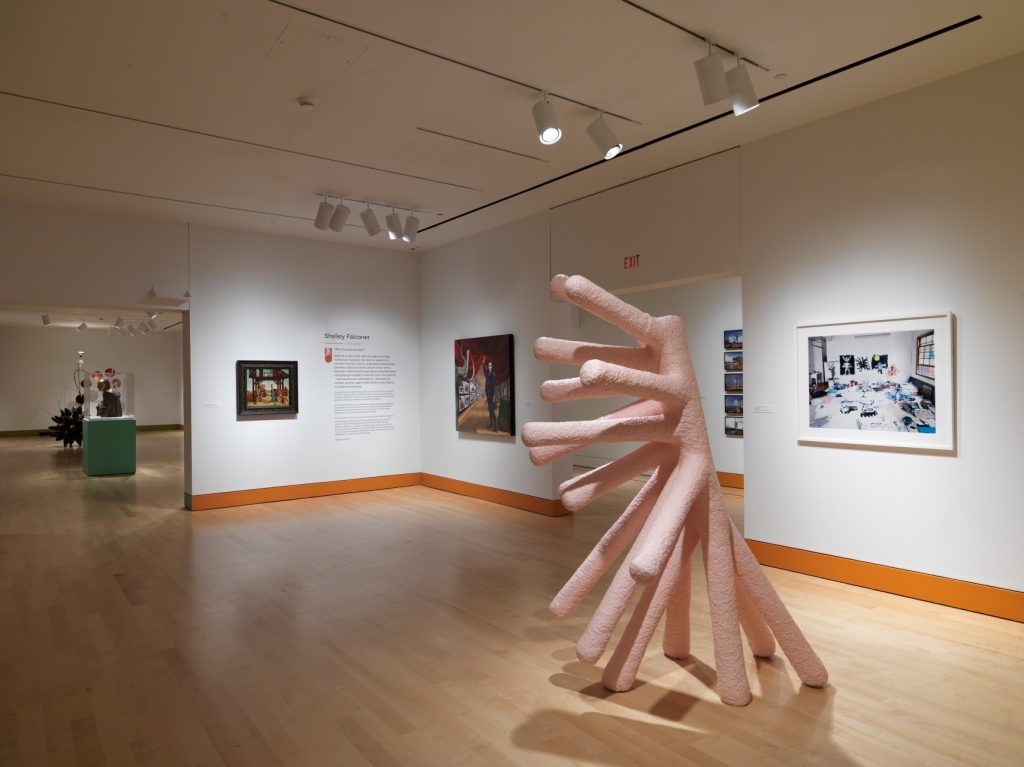
Experience ‘Director’s Collect: 110 Years’ until January 5, 2025. Generously sponsored by incite Foundation for the Arts.
